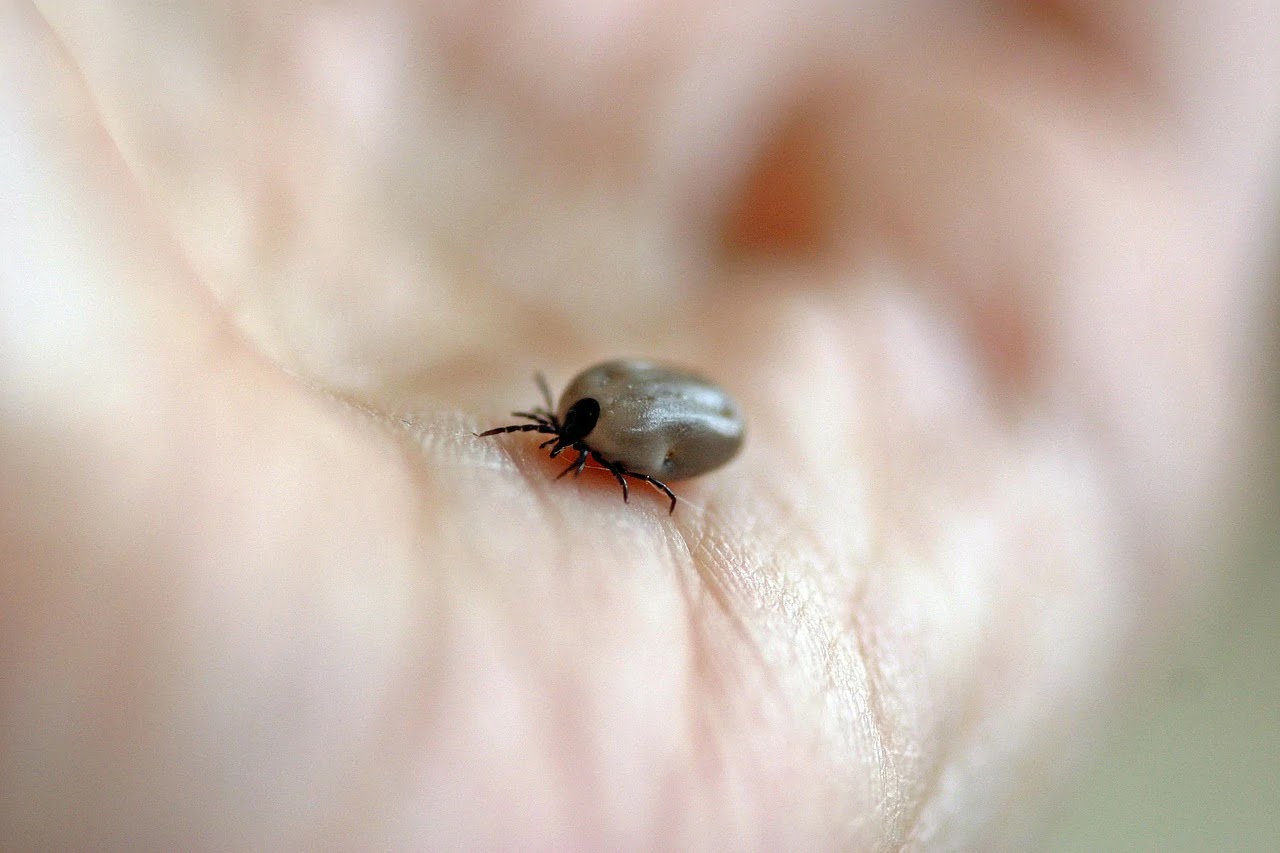Introduction:
Researchers at the University of Wisconsin-Madison have conducted a study revealing that ticks may play a role in the transmission of Chronic Wasting Disease (CWD) among deer populations in Wisconsin. The study, published in the journal Scientific Reports, suggests that ticks could potentially harbor and spread the prion protein responsible for causing CWD. This finding highlights the need to investigate alternative environmental and behavioral factors contributing to the disease's transmission.
Understanding Chronic Wasting Disease:
Chronic Wasting Disease is a fatal neurological disease affecting deer and other cervids. It is caused by a pathogenic prion, which prompts abnormal folding of certain proteins, particularly in the brain. Prions can be transmitted among deer through contact with contaminated soil, bodily fluids such as urine, saliva, blood, and feces. Over time, CWD can lead to severe brain damage and death in infected deer.
The Role of Ticks in CWD Transmission:
Heather Inzalaco, a researcher from the Wisconsin Cooperative Wildlife Research Unit, explored potential environmental factors that could contribute to the spread of CWD. Considering the various parasites that affect deer, she focused on ticks as a possible vector for the disease. Ticks feed on the blood of their hosts and could potentially acquire prions from infected deer during their blood meals.
Laboratory Experiment:
Inzalaco conducted an experiment to determine whether ticks can carry prions after feeding on CWD-infected blood. While ticks proved to be selective in taking a blood meal in the lab, Inzalaco successfully demonstrated that ticks can carry prions in their blood meals. Furthermore, the ticks harbored sufficient prion levels to potentially transmit the disease to other animals. This laboratory evidence paved the way for studying the phenomenon in natural settings.
Field Study and Findings:
Collaborating with the Department of Natural Resources, Inzalaco collected ticks from deer harvested by hunters for CWD testing. Out of the 176 deer with ticks examined, 15 were also positive for CWD. Inzalaco analyzed the ticks taken from infected deer and quantified the amount of prions present in their blood. The study confirmed that these engorged ticks carried transmissible levels of prions, further implicating them as potential mechanical vectors for CWD.
Implications and Future Directions:
While the study did not test whether prion-carrying ticks actually caused transmission to other deer, the findings shed light on the potential role of ticks in CWD spread. Understanding the disease's transmission pathways can aid in its management. While widespread tick prevention in wild deer is impractical, managing tick populations through better land stewardship practices may help mitigate the spread of CWD. Maintaining contiguous native habitats and adopting natural fire regimes can limit tick proliferation, whereas fragmented ecosystems with invasive plant species may facilitate their spread.
Using Ticks for CWD Screening:
Inzalaco suggests that ticks could serve as a screening tool for CWD in both wild and farmed deer populations. While tick testing may not offer the same level of accuracy as invasive sample collection or post-mortem tissue sampling, it could provide valuable insights into the disease's prevalence and distribution among deer populations.
Preserving Ecosystems and Wildlife:
In addition to managing CWD, the research emphasizes the importance of preserving ecosystems and biodiversity. The health of animals and the functioning of ecosystems are intricately connected to human well-being. Protecting natural heritage and promoting healthy ecosystems are crucial for sustaining life on Earth and preventing the proliferation of diseases.
Conclusion:
The study conducted by researchers at the University of Wisconsin-Madison highlights the potential role of ticks in the transmission of Chronic Wasting Disease among deer populations. By demonstrating that ticks can carry and transmit prions responsible for CWD, the study offers insights into alternative mechanisms contributing to the disease's spread. Understanding these pathways can help in developing strategies to manage CWD and preserve the health of ecosystems and wildlife.








